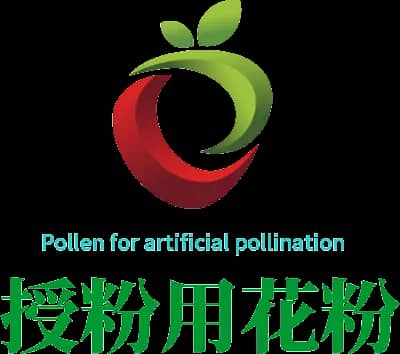Oct . 12, 2024 22:18 Back to list
Plum Pollen's Role in Enhancing Pollination Services for Fruit Production
The Role of Plum Pollen in Pollination Service
Pollination is a crucial ecological service that plays a vital role in the reproduction of flowering plants and the production of fruits and seeds. Among the numerous plant species that depend on pollinators, plums (Prunus domestica) are significant contributors, both ecologically and economically. The pollen of plum trees not only supports the reproduction of the trees themselves but also provides critical food resources for various pollinators. This article explores the role of plum pollen in pollination services, the relationships between plum trees and their pollinators, and the implications for agriculture and biodiversity.
Understanding Plum Pollen
Plum trees belong to the Rosaceae family and are renowned for their sweet fruits, which are enjoyed by humans and animals alike. The flowering period of plum trees usually occurs in early spring, a time when many pollinators emerge after the winter dormancy. The flowers of plum trees are typically white or pale pink, making them visually appealing to pollinators such as bees, butterflies, and other insects. The pollen produced by plum flowers is a rich source of protein and essential nutrients, making it particularly valuable for pollinators during this critical time of the year.
The Importance of Pollination
Pollination is essential for the fruit set of plum trees. Unlike some self-pollinating plants, plums often require cross-pollination, which occurs when pollen from one tree fertilizes the ovules of another tree. This process not only enhances genetic diversity but also leads to higher fruit yield and quality. The effective transfer of plum pollen by pollinators ensures that a greater number of flowers are fertilized, which is crucial for fruit development.
Research indicates that orchards with diverse floral environments—where plum trees grow alongside other flowering plants—tend to support higher populations of pollinators. This, in turn, leads to improved pollination rates and fruit production. Therefore, the interdependence of plum pollen and pollinators highlights the intricate relationships within ecosystems.
Pollinators and Their Role
plum pollen for pollination service

Bees are the primary pollinators of plum trees, as they are attracted to the flowers both for nectar and pollen. Honeybees, in particular, are efficient pollinators, but wild bee species, including bumblebees and solitary bees, also contribute significantly. These pollinators not only assist in the pollination of plum trees but also support the overall health of the ecosystem by pollinating a variety of plant species. This diversity of pollination helps maintain the stability and resilience of agricultural landscapes.
As pollinators forage for plum pollen, they inadvertently carry pollen from one flower to another, facilitating the fertilization process. This mutualistic relationship underscores the importance of protecting pollinator habitats, which include diverse floral sources and nesting sites. Practices such as planting cover crops, reducing pesticide use, and promoting sustainable land management can enhance pollinator populations and, consequently, the pollination success of plum trees.
Implications for Agriculture
The economic importance of plums cannot be overstated. They are cultivated globally, with significant production in countries like China, Romania, and the United States. The reliance on pollination services for fruit production means that any decline in pollinator populations can have dire consequences for the agricultural industry. The use of monoculture practices, habitat loss, and pesticide application are some of the factors contributing to the decline of pollinators.
To ensure sustained production of plums and other fruit crops, agricultural practices need to integrate pollinator-friendly approaches. Encouraging biodiversity in orchards, maintaining natural habitats, and educating farmers about the benefits of pollinators can foster healthier ecosystems and improve fruit yields.
Conclusion
Plum pollen is more than just a reproductive element for the trees; it is a cornerstone of the pollination service that supports a host of ecological and agricultural processes. The intricate relationships between plum trees and their pollinators illustrate the importance of biodiversity and ecosystem services. As we face challenges such as climate change and habitat loss, protecting our pollinators becomes increasingly crucial. Implementing sustainable practices will not only ensure the success of plum orchards but will also preserve the rich tapestry of life that depends on these essential interactions. In doing so, we can cultivate a future where both our agricultural systems and natural ecosystems thrive in harmony.
-
Plant Pollen Analysis: Fast & Accurate with GPT-4 Turbo
NewsAug.02,2025
-
KiwiPollen with GPT-4 Turbo: AI Health Supplement Boost
NewsAug.01,2025
-
Pollen Peach Tree AI Management with GPT-4-Turbo
NewsJul.31,2025
-
Eco Fruit Paper Bags for Peak Freshness | Durability Focused
NewsJul.31,2025
-
Pollen Peach Tree for Pure Pollination and High-Quality Peach Pollen
NewsJul.30,2025
-
Premium Cherry Pollen for Pure Pollination & Different Types
NewsJul.30,2025